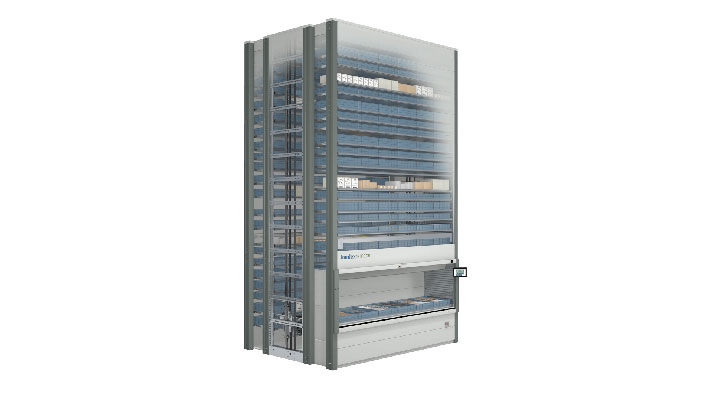
Do you have a labor shortage?
You’ve probably heard about the skilled labor shortage in manufacturing. It’s not new, and it’s only getting worse. According to research by Deloitte and the Manufacturing Institute, there will be 2.4 million jobs to fill between 2018 and 2028.
There are a few main reasons for this:
The COVID-19 pandemic
- People are out of work because they themselves are sick, they are caring for family members, and/or they’re away from work keeping their children’s remote learning on track.
- Social distancing guidelines are preventing facilities from staffing at capacity in order to keep everyone physically spread out.
- Production slowdowns due to the first two COVID impacts have a domino effect, causing those further down the manufacturing line to stall their production too.
Retiring baby boomers
- This large generation injected masses into the workforce in a short time period 40 or 50 years ago, and now we’ve reached the flip side where the majority are retiring in a small time period.
Younger workers are not a sufficient replacement for retirees
- Not only are the younger generations smaller, many entering the workforce for the first time lack manufacturing skills and have less of a desire for this type of work.
- If younger workers don’t get on the job until the veteran workers have left, the transferring of experience and unwritten “insider” knowledge is lost.
Labor Shortage Focus: Storage and Retrieval Goals
While getting the message out about manufacturing as a modern and rewarding career choice is an excellent long-term strategy, companies must figure out how to increase manufacturing efficiency right now too. That means making the most of the labor force you have today. The best starting point is an analysis of your facility and operations to root out inefficiencies and identify areas for improvement.
Along with resource planning software, "...machine learning technologies can analyze data from past production runs to identify your most profitable and most efficient runs, as well as your least profitable and least efficient runs, along with the process settings that contributed to each. These technologies can then recommend optimal settings to replicate your best performing runs more consistently,” according to an article from Forbes.
Once you know which runs to focus on and which equipment to optimize, you can keep track of how smoothly those runs are going. Pay attention to any bottlenecks to throughput, including time spent on storage and retrieval of parts, assemblies, tools, and equipment. Odds are some of the hyper-local logistics within your own facility will emerge as areas for improvement.
Automated Storage Offers Solutions
With a conventional storage system, manually retrieving items can account for as much as 60-65% of a workers’ time. Wouldn’t you prefer that time go toward production?
However, automated part storage and retrieval systems operate on the goods-to-person principle, where items are brought directly to the worker. This eliminates the need to walk far into storage racking and search for a part within the warehouse, saving time and increasing productivity.
These are some efficiencies an automated storage and retrieval system (ASRS) offers:
Reduced travel time.
Less time walking around storage areas means more time put toward the actual work of manufacturing.Improved ergonomics.
Automated systems present items to operators at waist height to limit bending, reaching, twisting, stretching, and lifting associated with retrieving tools and parts from traditional racking.Fewer search and pick errors.
It’s always faster to have the right tool on-demand, and light-directed technology guides workers to the correct bin or shelf, while an on-screen message center shows part numbers.Efficient sequencing.
Part and tool inventory management software can optimize the pick order for parts and tools to make it a more efficient batch process.Time-saving intuitive systems.
ASRS means user interfaces that are easy to teach and easy to learn, which means workers’ comfort level, confidence, and speed increase.Modern and innovative look and feel.
ASRS can make your facility more attractive to today’s younger workers and may help counter traditional views of manufacturing as dull, dirty, and dangerous.
Learn More
Today’s fast-changing world may never return to the way things used to be, but manufacturers with an eye to the future can adapt and even come out ahead. Talk to us today to see how ASRS from Kardex can help you get there!

